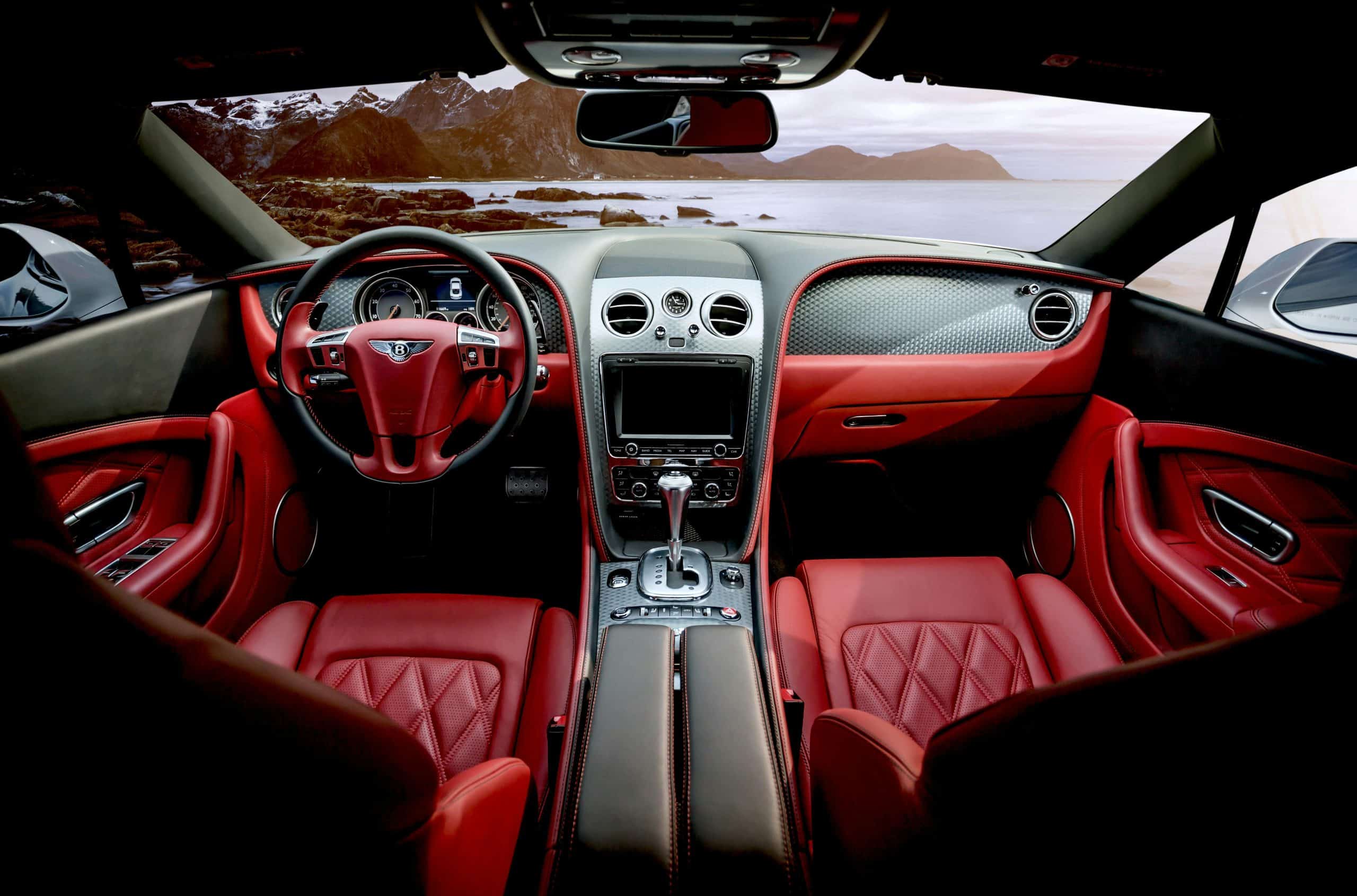Can a Sequential Shifter Enhance the Driving Experience and Performance in Manual Cars?

As car enthusiasts, you often wonder how to optimize your driving experience and enhance vehicle performance. Could the solution lie in a sequential shifter? This article will delve into the details of sequential shifters and their role in manual cars. Let’s explore how they might change your driving practice, influence the performance of your vehicle, and whether or not they are the right choice for you.
The Role of Transmission in Car Performance
Understanding the role of the transmission in your car is essential before we delve into the specifics of sequential shifters. The transmission is a crucial component of the car that connects the power from the engine to the wheels. Whether you have a manual, automatic, or semi-automatic transmission, each type plays a pivotal role in your car’s performance and your overall driving experience.
En parallèle : How to Choose the Right Engine Management System for Advanced Tuning Capabilities?
When people mention performance, they usually refer to how quickly a vehicle can accelerate, its top speed, and the smoothness of the gear changes. The transmission, through its complex system of gears, controls all of these elements. It changes the gear ratios between the engine and the wheels, allowing the engine to operate at an optimal speed while providing power to the wheels at varying speeds.
Manual vs. Sequential Shifters: What’s the Difference?
The classic manual transmission and the sequential gearbox are two different systems that deliver power from the engine to the wheels. In a conventional manual transmission, drivers can freely select any gear they wish, skipping gears if necessary. For instance, shifting from first to third gear isn’t a problem. Manual transmissions offer more control, but they require more skill and attention from the driver.
Sujet a lire : Can You Improve Your Car’s Handling with Tire Stiffness and Pressure Adjustments?
On the other hand, sequential transmissions, commonly found in racing cars, only allow drivers to shift gears in a specific order — you have to move through each gear sequentially. This means you cannot skip from first to third gear; you need to shift into second gear first. While sequential shifters might seem restrictive, they offer quicker and smoother shifts, enhancing both driving experience and vehicle performance.
How Sequential Shifters Can Optimize Your Driving Experience
The main advantage of a sequential shifter lies in its simplicity and speed. With a clear ‘one-way forward, one-way back’ gear location, there’s no chance of missing a gear while shifting. This simplicity allows drivers to focus more on their driving instead of worrying about their gear shift pattern. Moreover, the quick, smooth, and direct gear changes provide an authentic racing feel that can significantly enhance your driving experience.
Additionally, the use of a sequential shifter can help prevent transmission damage. When using a traditional manual shifter, there’s a risk of ‘money shifting’, a situation where the driver accidentally shifts to a lower gear instead of a higher one, causing the engine to overrev and potentially damaging it. Sequential shifters eliminate this risk, providing an added layer of safety for your car’s engine.
The Impact of Sequential Shifters on Car Performance
Sequential shifters don’t just enhance the driving experience; they also boost the overall performance of the car. A key aspect of vehicle performance is the speed at which you can shift gears. Sequential shifters allow for faster gear changes, which can reduce shift times significantly. In racing terms, this can translate into precious seconds saved on the track, and in everyday driving, it can provide a more responsive, agile drive.
Sequential shifters also contribute to improved fuel efficiency. By ensuring that the engine operates at optimal RPMs through precise and timely gear shifts, these shifters can help minimize fuel consumption. While the gains might not be substantial in everyday driving, over time, they could lead to noticeable savings in fuel costs.
Should You Consider a Sequential Shifter for Your Manual Car?
Despite the benefits, sequential shifters won’t be the perfect choice for every driver or every car. If you frequently drive in heavy traffic, the constant back-and-forth gear shifting could become tiresome. Similarly, if your car isn’t designed for high performance or racing use, the benefits of a sequential shifter will be less noticeable.
However, if you’re seeking a more exhilarating driving experience or want to extract the maximum performance from your car, a sequential shifter is worth considering. It’s important to remember that installing a sequential shifter requires a significant modification to your car’s transmission system, so you’ll need to be sure that you’re willing to make that investment.
In the end, the choice to use a sequential shifter will depend on your preferences, your car’s capabilities, and your driving style. As always, it’s advisable to consult with a trusted mechanic or expert before making any major changes to your vehicle.
Advantages and Disadvantages of Sequential Shifters in Manual Cars
Sequential shifters have found increasing popularity in the world of motorsports, but their application in everyday manual cars requires a more nuanced discussion. Let’s delve deeper into the pros and cons of sequential shifters for regular manual transmission cars.
On the plus side, a sequential gearbox provides an enhanced driving experience by offering quicker and more precise gear changes. This feature can be a boon for drivers who crave the adrenaline rush of a fast, responsive drive. Sequential shifters also reduce the risk of ‘money shifting’, thereby protecting your car’s engine from potential damage. From a performance perspective, these shifters can significantly reduce shift times and even improve fuel efficiency.
However, there are also a few disadvantages to consider. Firstly, the sequential manual doesn’t allow for gear skipping. This can become tiresome in heavy traffic scenarios where constant gear changing is required. Additionally, the benefits of a sequential shifter may not be noticeable in cars that aren’t designed for high performance or racing use.
Another potential downside is the cost and complexity of installation. Retrofitting a sequential shifter in a manual car requires significant modifications to the transmission system. This process can be expensive, and it’s crucial to have it done by a professional to avoid damage to your car’s transmission.
Finally, sequential shifters might take some getting used to, especially for drivers accustomed to the freedom of gear selection provided by conventional manual transmissions.
Conclusion: Is a Sequential Shifter Right for Your Manual Car?
The decision to switch from a conventional manual transmission to a sequential gearbox is largely a matter of personal preference. If you are an enthusiast who craves the quick, precise gear changes of a sequential shifter, or if you’re after improved fuel efficiency and the safety of eliminating ‘money shifting’, then a sequential shifter could well be the right choice for you.
However, it’s important to remember that the benefits of a sequential shifter can be less noticeable in non-high performance cars and can be tiresome in heavy traffic conditions. The installation also requires significant changes to your vehicle’s transmission system, which can be costly.
Before making the switch, we recommend consulting a trusted mechanic or expert. They can provide detailed information about the process, costs, and any potential impact on vehicle performance. It’s always best to make an informed decision, keeping in mind your driving style, the type of vehicle you own, and your expectations for driving experience and performance.
In conclusion, while a sequential shifter can significantly enhance the driving experience and performance in manual cars, it won’t be the perfect choice for everyone. As always, the best choice is the one that suits your preferences, your car’s capabilities, and your unique driving style.
